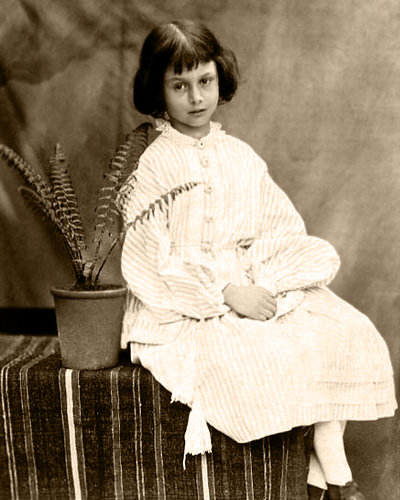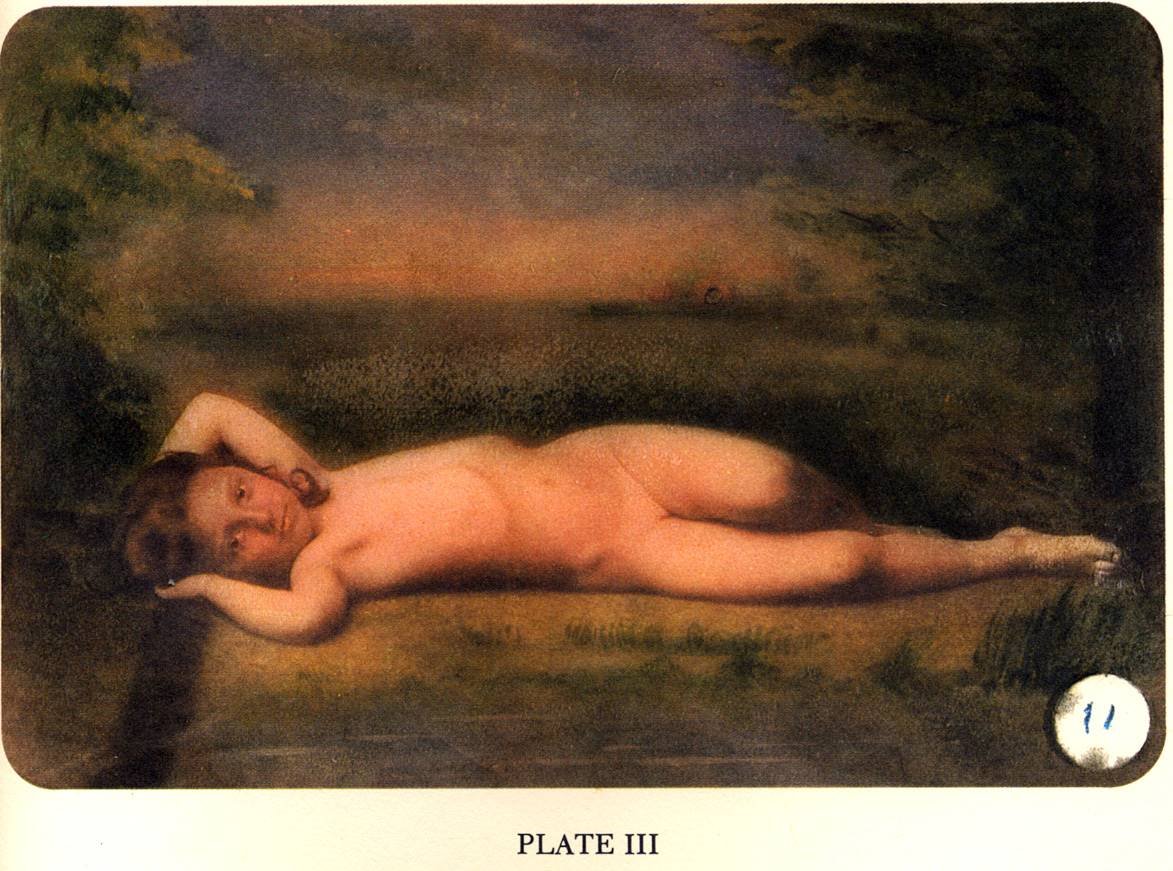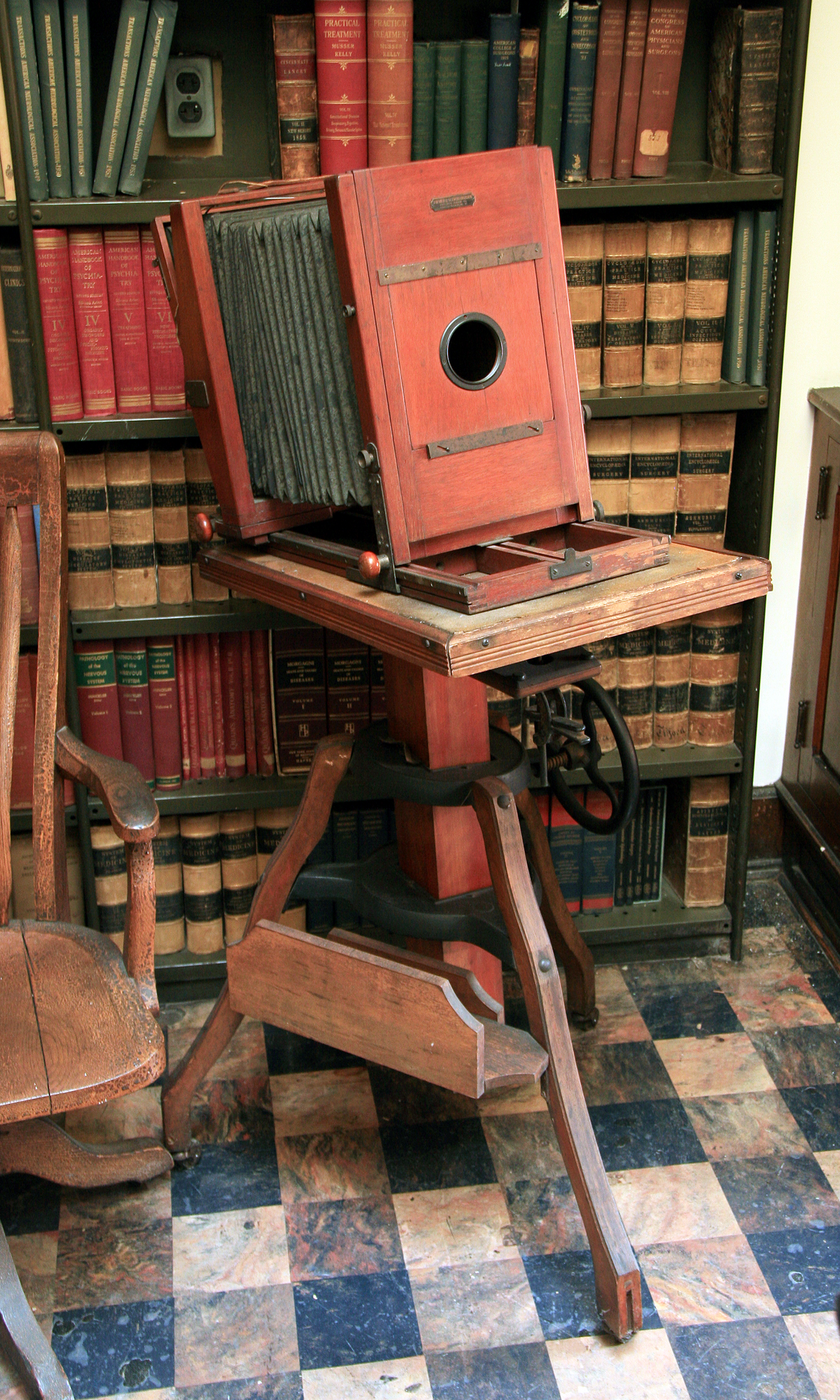It was Alice's Adventures in Wonderland that made Charles Lutwidge Dodgson, better known by his pen name, Lewis Carroll, a household name. However, during his own time Charles Dodgson was known for several other vocations besides that of authoring children's books. In addition to being an author, Dodgson was a professor of mathematics at Oxford University, an ordained deacon in the Anglican church, and a very accomplished photographer.
 Influenced by his uncle Skeffington Lutwidge (also a well-known photographer) Dodgson took up photography in 1856 at the age of twenty-four. At that time, photography was a brand-new form of art just beginning to capture the imagination of Victorian England. With characteristic creativity and intelligence, Dodgson quickly excelled at this new art and was soon considered a master of photography.
Influenced by his uncle Skeffington Lutwidge (also a well-known photographer) Dodgson took up photography in 1856 at the age of twenty-four. At that time, photography was a brand-new form of art just beginning to capture the imagination of Victorian England. With characteristic creativity and intelligence, Dodgson quickly excelled at this new art and was soon considered a master of photography.
The photographic technique he used is called the collodion wet plate process, whereby a glass plate was coated with a mixture of soluble iodide and collodion, submerged in a silver nitrate solution in a dark room, then exposed in the camera while still wet, producing a glass negative from which multiple prints could be made. Photographers using the wet plate process had to work quickly to develop their images because collodion dries within ten minutes - making the image impossible to retrieve from the negative.
As with his writing, Dodgson's photography centered around children, particularly young girls. One of the subjects he frequently photographed was Alice Liddell, the daughter of Henry Liddell, dean of Christ Church. Alice Liddell is said to have been the inspiration for the character of Alice in Alice's Adventures in Wonderland although Dodgson claimed the character wasn't based on anyone in particular.

In recent years, controversy has begun to swirl around Dodgson's photography. Over half of the portraits he produced are of girls between the ages of 10 and 15. Some are photographed nude or partially nude causing modern-day biographers to debate the nature of Dodgson's relationship to his young female subjects. Some biographers argue there is evidence that Dodgson had paedophilic leanings. Others point out that in the Victorian Era, children represented innocence. Nude portraits of children were commonplace, appearing on everything from postcards to Christmas cards as a way of depicting purity in its highest form.

Charles Dodgson's photography career lasted for twenty-four years, yielding a portfolio of around 3,000 images and his own studio at Christ Church, Oxford where he taught mathematics. He did portraits of many of Britain's elite personages including Alfred, Lord Tennyson and Dante Gabriel Rossetti. Sadly, less than 1,000 of Dodgson's photographs have survived. In 1880, with the dry-plate process replacing the collodion wet plate process, Dodgson decided to end his career in photography saying that the dry-plate process had made photography something that anyone could do.










